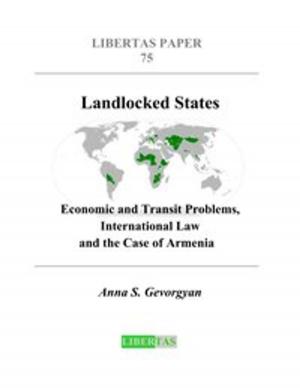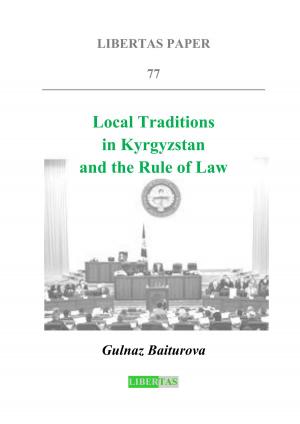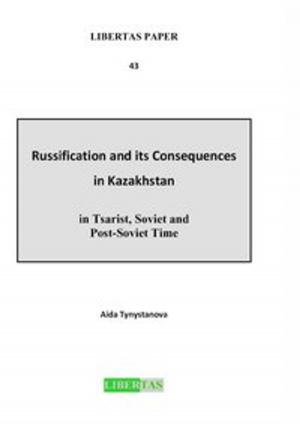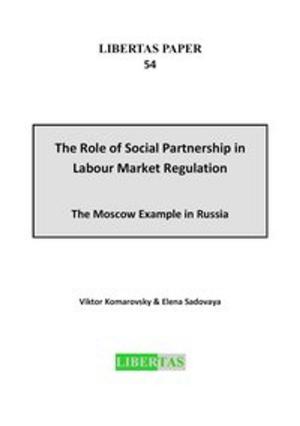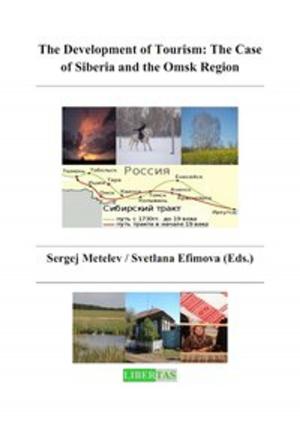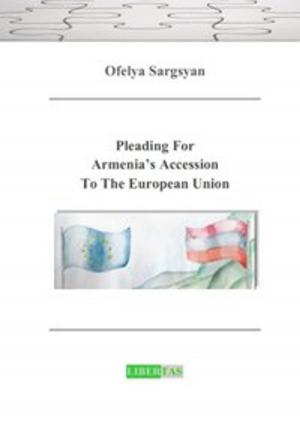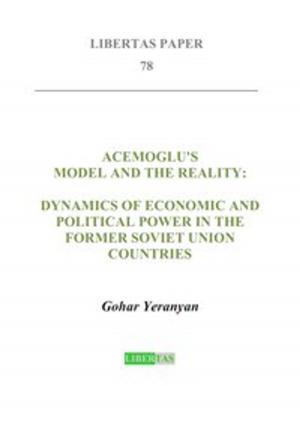| Author: | Didem Ekinci | ISBN: | 9783946119098 |
| Publisher: | Libertas | Publication: | May 7, 2013 |
| Imprint: | Libertas | Language: | English |
| Author: | Didem Ekinci |
| ISBN: | 9783946119098 |
| Publisher: | Libertas |
| Publication: | May 7, 2013 |
| Imprint: | Libertas |
| Language: | English |
As this book shall maintain, Russia’s Balkan policy lines mostly displayed aspects of continuity after the Cold War, although moments of deviation were also allowed. In such a context, part II provides an overview of Russian foreign policy-making after 1990s by outlining the political currents that left their imprint in Russian domestic and foreign policy understanding in the past two decades. The political currents inevitably imply a number of policy tenets most articulated by Russia in the concerned period, which are considered to apply to Russian foreign policy rhetoric as regards the post-Cold War Balkans, in both peaceful and conflict times. The trajectory of the developments in the Balkans, particularly during the twin crises of 1992-1995 and 1999, revealed at least four policy pillars which prioritized Russia’s role as a great power, emphasized the centrality of the UN in international relations, opposed NATO expansion and stressed the significance of multipolarity in international relations. Part III provides an account on the evolution of Russia’s Balkan links since the Tsarist times with a view to putting into perspective the trials and tribulations of the Tsarist and Soviet states in the Balkans. Not surprisingly, the Balkans mattered for Russia during these periods as Russia’s expansionist moves towards the region signified. The Tsarist period revealed the centrality of balance of power, emphasis on Russia’s great power role, and Panslavism. The Communist era policies, on the other hand, sustained the balance of power rhetoric, accompanied by ideology. Part IV takes up the issue of war in Bosnia, and the Russian attitude before, during and after the war. Russia’s participation in the multinational peace-keeping process in Bosnia is examined in a separate topic as this qualifies as the first Russian military involvement in peace-keeping with the West after the Cold War. The role of public opinion and media in Russia during the war is also assessed briefly with a view to understanding whether the change of system in the country had helped create a political environment in which public opinion and media mattered in the decision-making process. In part V, analysis centers on the war in Kosovo and how Russian responses to it evolved. Russian participation in KFOR and the role of public opinion and media are also examined. This part also explores the contours of Russia’s Kosovo policy from the end of the war to date. Given that Russia has a significant leverage in the field of energy in the Balkans as elsewhere in the resource-poor areas in the world, Russia’s energy policies towards the region are evaluated in part VI. Russia’s current and prospective views as to the energy outlook of the region, its main allies in the field, and some of the concrete projects in which it is involved enable us have a better understanding of its broader Balkan policies. Relations between Russia and the former Yugoslav states are assessed briefly in Part VII. Some of the current issues of concern between Russia and these individual regional states relate to the Euro-Atlantic orientations of these states and in what ways Russia has come to respond to this orientation so far, as well as a number of bilateral issues brought to the forefront after the disintegration of the Soviet Union. Similarly, Part VIII provides an overview of Russia’s post-Cold War relations with Bulgaria, Romania and Albania as independent Communist states of the Cold War. The final section is an overall endorsement of the findings of the preceding sections, emphasizing once more that Russia’s Balkan policy throughout the past two decades rests on more aspects of continuity than those of change and it is likely to remain unchanged for some time.
As this book shall maintain, Russia’s Balkan policy lines mostly displayed aspects of continuity after the Cold War, although moments of deviation were also allowed. In such a context, part II provides an overview of Russian foreign policy-making after 1990s by outlining the political currents that left their imprint in Russian domestic and foreign policy understanding in the past two decades. The political currents inevitably imply a number of policy tenets most articulated by Russia in the concerned period, which are considered to apply to Russian foreign policy rhetoric as regards the post-Cold War Balkans, in both peaceful and conflict times. The trajectory of the developments in the Balkans, particularly during the twin crises of 1992-1995 and 1999, revealed at least four policy pillars which prioritized Russia’s role as a great power, emphasized the centrality of the UN in international relations, opposed NATO expansion and stressed the significance of multipolarity in international relations. Part III provides an account on the evolution of Russia’s Balkan links since the Tsarist times with a view to putting into perspective the trials and tribulations of the Tsarist and Soviet states in the Balkans. Not surprisingly, the Balkans mattered for Russia during these periods as Russia’s expansionist moves towards the region signified. The Tsarist period revealed the centrality of balance of power, emphasis on Russia’s great power role, and Panslavism. The Communist era policies, on the other hand, sustained the balance of power rhetoric, accompanied by ideology. Part IV takes up the issue of war in Bosnia, and the Russian attitude before, during and after the war. Russia’s participation in the multinational peace-keeping process in Bosnia is examined in a separate topic as this qualifies as the first Russian military involvement in peace-keeping with the West after the Cold War. The role of public opinion and media in Russia during the war is also assessed briefly with a view to understanding whether the change of system in the country had helped create a political environment in which public opinion and media mattered in the decision-making process. In part V, analysis centers on the war in Kosovo and how Russian responses to it evolved. Russian participation in KFOR and the role of public opinion and media are also examined. This part also explores the contours of Russia’s Kosovo policy from the end of the war to date. Given that Russia has a significant leverage in the field of energy in the Balkans as elsewhere in the resource-poor areas in the world, Russia’s energy policies towards the region are evaluated in part VI. Russia’s current and prospective views as to the energy outlook of the region, its main allies in the field, and some of the concrete projects in which it is involved enable us have a better understanding of its broader Balkan policies. Relations between Russia and the former Yugoslav states are assessed briefly in Part VII. Some of the current issues of concern between Russia and these individual regional states relate to the Euro-Atlantic orientations of these states and in what ways Russia has come to respond to this orientation so far, as well as a number of bilateral issues brought to the forefront after the disintegration of the Soviet Union. Similarly, Part VIII provides an overview of Russia’s post-Cold War relations with Bulgaria, Romania and Albania as independent Communist states of the Cold War. The final section is an overall endorsement of the findings of the preceding sections, emphasizing once more that Russia’s Balkan policy throughout the past two decades rests on more aspects of continuity than those of change and it is likely to remain unchanged for some time.



